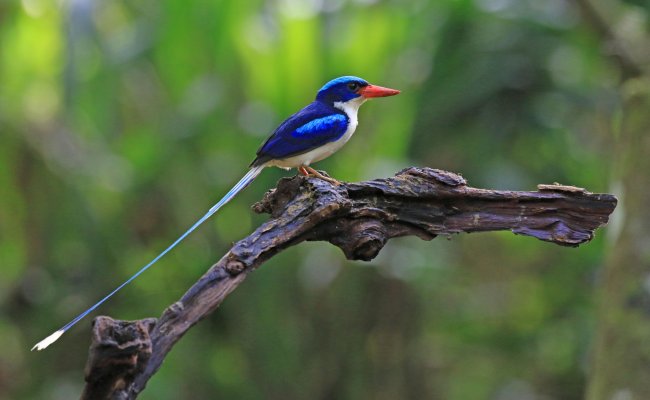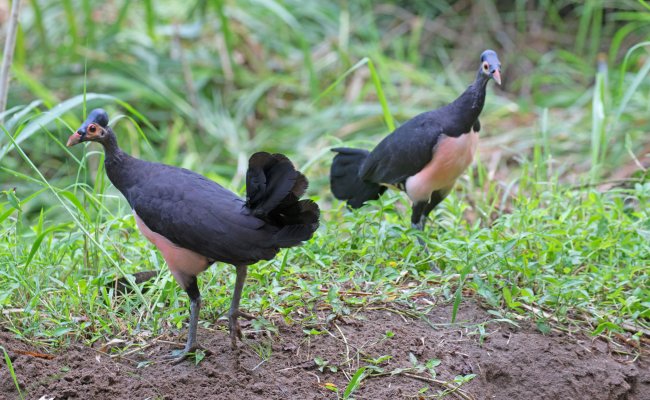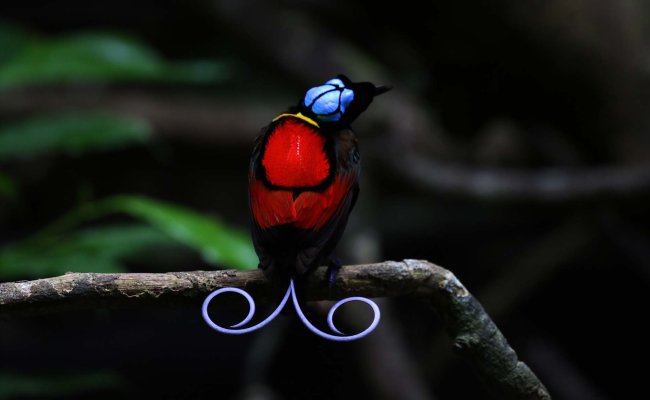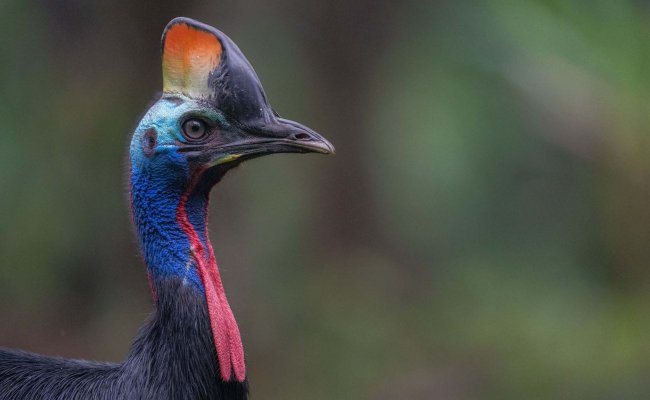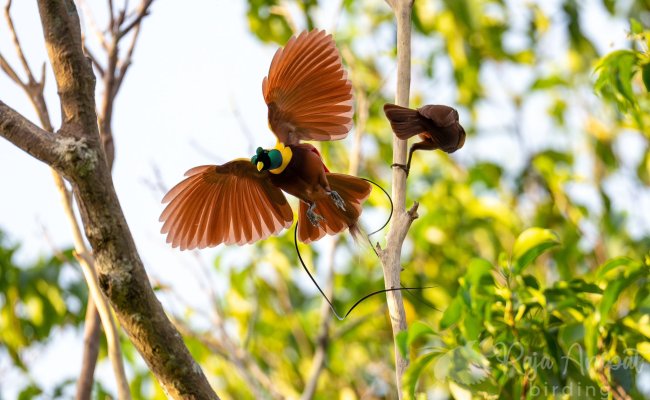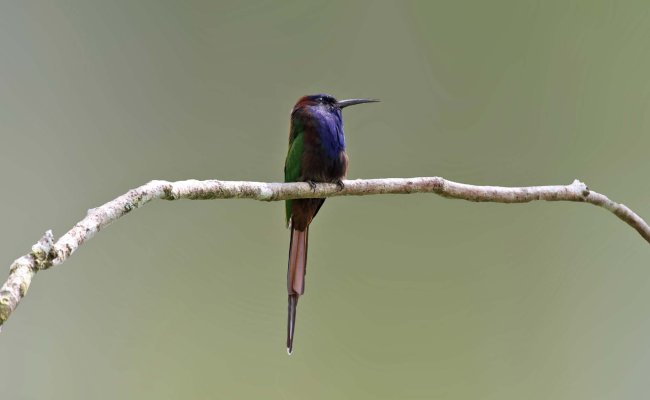Why Go Bird Photography
Bird Photography offers a unique opportunity to connect with nature and appreciate the beauty of wildlife. While there's no definitive right or wrong way to enjoy this activity, seasoned birders understand the value of planning their outings to optimize their experience. Whether setting aside just an hour or dedicating an entire day—or even longer—having a thoughtful approach can greatly enhance your bird photography adventure.
Planning your bird photography trip involves several considerations that can lead to a more rewarding experience. For instance, researching local bird species and their behaviors can teach you what to expect and how to spot them. Understanding seasonal migration patterns and the specific habitats that attract various birds allows you to target your outings more effectively, helping you find new lifers—those species you’ve never seen before.
Moreover, being prepared with the right gear, including a camera, telelens, binoculars, field guides, and a notebook for observations, can help you engage more deeply with the experience. Taking the time to scout prime locations in advance can lead to increased sightings, and considering the best times of day to be out can maximize your chances of encountering a diverse range of birds.
Bird photography isn't just a passive activity; it’s an engaging hobby that invites you to photograph, observe, learn, and appreciate the intricate details of avian life. Every bird you spot adds to your understanding and enjoyment of the natural world, making the effort to prepare well worth it. With each step in your birding journey, you not only increase your bird photography skills but also deepen your connection to nature, enriching your overall experience.
The Importance of Being Prepared in Bird Photography
Bird Photography is a uniquely varied hobby that can vastly differ based on several key factors, including your location, the specific bird species you hope to photograph, and observe, the time of day, the season, and your experience level. Each of these elements plays a crucial role in shaping your birding experience. By planning your bird photography excursions—whether they involve strolls in nearby parks or rigorous treks through wilderness areas—you can significantly enhance your chances of spotting diverse bird species while minimizing potential challenges and discomforts.
A well-prepared bird photographer is poised to capitalize on the fleeting opportunities that arise during bird photography, which can sometimes hinge on weather conditions or the natural behavior of birds. On the other hand, an unprepared bird photographer may find themselves missing out on thrilling encounters with new and rare birds. Lack of preparation can also lead to unnecessary risks, such as navigating difficult terrain without the proper gear or getting caught in adverse weather conditions without adequate clothing or shelter.
Additionally, local knowledge is invaluable; understanding the specific habitat requirements of the birds you want to see or photograph—along with insights into migration patterns and seasonal behaviors—can greatly improve your success. For instance, certain species may be more active at dawn or dusk, which could influence your planning.
Effective planning does not have to be time-consuming; with experience, you can develop a quick checklist for each outing that includes essentials like a camera, lens, tripod, binoculars, bird identification guides, appropriate clothing, and any necessary permits. Taking a few moments to prepare can transform your birding adventure into an enjoyable and fulfilling experience, opening the door to countless sights and sounds of nature that await enthusiasts in the field.
Four Simple Steps to Enhance Your Bird Photography Experience
Bird Photography can be an incredibly rewarding activity, allowing you to connect with nature and appreciate the beauty of various bird species. To ensure you maximize your bird photography adventure, follow these four essential steps:
1. Choose Your Location Wisely: Research and select a bird photo spot that suits your interests, whether it’s a local park, nature reserve, or a specific habitat known for diverse birdlife. Consider factors such as migration patterns, seasonal changes, and the types of birds you hope to see. National parks, wetlands, and coastal areas often provide rich opportunities for birdwatching.
2. Plan Your Timing: Different species are active at various times of the day, so it’s crucial to plan your outing accordingly. Early mornings or late afternoons are typically the best times for birding, as many birds are more active during these periods. Additionally, check the weather conditions, as birds may be more visible and active on clear days.
3. Gather the Right Gear: Equip yourself with the essentials for a successful bird photograph experience. A good pair of binoculars is a must for observing birds from a distance, and a field guide or birding app can help you identify species on the spot. Don’t forget to dress appropriately for the weather and bring along a notebook or smartphone to document your sightings.
4. Practice Patience and Quietness: Once you’re at your chosen location, take a moment to settle in. Move slowly and quietly to avoid startling birds, and be patient—some of the best sightings may require waiting for the right moment. Enjoy the sounds of nature and keep your eyes peeled for movement in the trees or on the ground.
By following these steps, you can create a more enriching bird photography experience, whether you're a novice or a seasoned bird photographer. Happy bird photography!
1. Choose Your Timing Wisely: Understanding the optimal times to observe birds is crucial, as it can significantly enhance your birdwatching experience. Various factors, including habitat type, seasonal changes, and prevailing weather conditions, greatly influence avian activity. Different species exhibit unique foraging patterns, mating rituals, and migratory behaviors that dictate when and where they are most active. To maximize your chances of spotting various birds, familiarize yourself with their behaviors by consulting detailed field guides that provide insights into specific species. These guides often include information on the best times of day or year to observe particular birds, their feeding habits, and preferred habitats. Furthermore, local bird photography hotlines and community sightings reports can offer invaluable, real-time information. Engaging with local birdwatching groups or online forums can provide tips about recent sightings in your area, helping you identify hotspots and prime times for bird activity. By taking these steps, you can significantly enhance your birdwatching outings, making them both more productive and enjoyable.
2. Choose Your Location: Birds inhabit a wide range of environments, making them accessible in various habitats, from wetlands and forests to urban areas and grasslands. To maximize your bird photography experience, it's important to first define your bird photography objective. For instance, if your goal is to photograph migrating waterfowl, you would typically need to target wetland areas, such as lakes, rivers, or coastal regions, particularly during migration seasons. Conversely, if you're aiming to photograph a rare woodpecker, you would want to focus on mature forests with a good number of dead or dying trees, as these are ideal for foraging. As you select your bird photography location, consider the terrain's difficulty. Some areas may require extensive hiking or navigating uneven ground, which could impact your ability to spend extended periods of bird photography. Additionally, evaluating whether a location is easily accessible or requires navigation skills is crucial. Bringing along a detailed map or a reliable bird guide can enhance your experience significantly, providing you with essential information on bird species specific to the habitat you are exploring, as well as tips on the best viewing spots and times for sightings. By aligning your location choice with your bird photography goals, the likelihood of a successful and enjoyable outing increases dramatically.
3. Gather the Right Supplies: Preparing for a bird photography walk involves more than just grabbing a few essentials. While a simple notebook or checklist is crucial for recording your observations, investing in a comprehensive field guide can greatly enhance your experience by providing detailed information about various bird species, their behaviors, and their habitats. A high-quality pair of cameras and lens is often considered a must-have for bird photographers, as they allow you to photograph birds up close without disturbing them.
However, depending on your specific bird photography goals and the type of environment you will be exploring, you may need to tailor your equipment further. For instance, if your objective is to spot raptors in a vast, open area such as a grassland or coastal plain, a spotting scope can be an invaluable asset. This tool offers greater magnification and clarity, making it easier to identify distant birds soaring in the sky. On the other hand, if your bird photography excursion takes you into a dense forest, bringing a bulky spotting scope may prove to be cumbersome and impractical. In such scenarios, lightweight binoculars that provide a wide field of view would be more beneficial for quickly locating birds amidst the foliage. Consider also priority items that might enhance your trip. A camera with a good lens can help you capture images of the birds you see, while a water bottle and snacks ensure you stay refreshed. Don’t forget to dress appropriately for the weather and terrain, wearing comfortable shoes for walking and layering clothes if you're going to encounter varying conditions. By aligning your supplies with your birding objectives and the specific environment you’ll be in, you can ensure a more enjoyable and productive birding experience on each outing.
4. Identify Your Bird Photography Goal: Before heading out, it's essential to clarify your specific bird photography objectives. Are you aiming to maximize the number of different species you can photograph in a single location, or are you more interested in spotting as many species as possible within a limited timeframe? Perhaps you have your sights set on locating a particular bird species that you’ve been eager to see, or you're simply enthusiastic about counting as many birds as you can. Understanding your bird photography goal will significantly influence your planning process.
For instance, if you aim to see a diverse array of species, you might choose a well-known birding hotspot with varied habitats to increase your chances. On the other hand, if you’re pursuing a specific bird, researching its preferred locations, behavior, and seasonal patterns is crucial. Additionally, knowing if you prefer a leisurely stroll or a fast-paced, high-count outing can affect your choice of birding sites.
As you define your goals, consider what equipment might enhance your experience. Binoculars, a camera and lens with appropriate magnification, a comfortable field guide, a notebook for recording sightings, or even a camera to capture your adventures can enrich your birding experience. By thoughtfully preparing based on your birding aspirations, you’ll not only optimize your time in the field but also enjoy a more fulfilling connection with nature.
Expect the Unexpected: A Guide to Bird Photography Adventure
Even with the most meticulous planning, knowing how to bird effectively can often feel like an unpredictable journey. After you’ve carefully considered the reasons for your outing, selected the ideal location, and pinpointed the best time to observe birds, you’ll likely find that nature has its own agenda.
In the field, you may encounter delightful surprises, such as spotting a rare species that you’ve long admired or discovering an unexpected photography opportunity that perfectly captures the essence of a bird in flight. These moments can make all the difference in your bird photography experience, transforming a routine observation into a cherished memory.
However, not all surprises are welcome. You may find yourself facing challenges such as large crowds encroaching on your preferred viewing spots, which can scare birds away, or sudden shifts in weather that restrict avian activity, making the pursuit of your feathered friends more difficult.
Despite these unforeseen circumstances, effective planning can serve as a solid foundation. By being equipped with flexibility in your approach, you can turn potential setbacks into opportunities for learning and growth. For example, if rain dampens your plans, consider indoor bird watching at a nearby aviary or engaging with fellow birders to share insights and experiences. This adaptability allows you to maximize your time spent in nature and increases your chances of encountering various birds.
Ultimately, every outing into the wild, whether filled with rare sightings or unexpected challenges, can enrich your birding knowledge and skills. Embracing the surprises of the field will not only enhance your appreciation for the avian world but also deepen your connection to the ever-changing environment around you.
